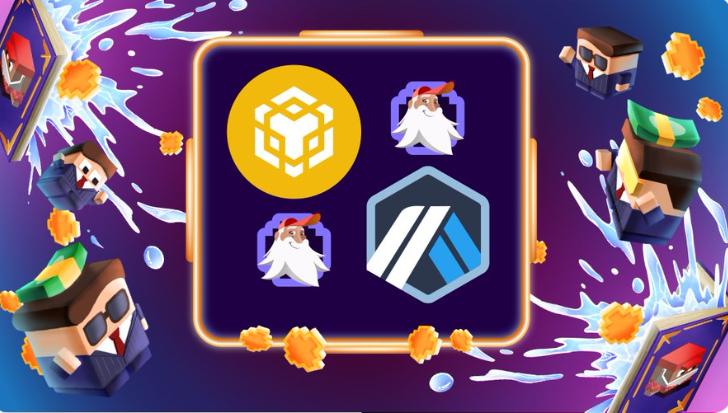Why did Arbitrum choose MXC as the first L3 blockchain?
Author: 0xcena
In the rapid development of blockchain, scaling and optimization have become important topics. Among them, Arbitrum, as a leading Ethereum scaling solution, why did it choose MXC as its first L3 blockchain? This piqued our interest. To answer this question, we first need to understand some background information.
MXC is the world's largest Web3 IoT, which, after four years of deep cultivation, has successfully covered 20% of the world's land through community cooperation in 177 countries. This is no small achievement, especially considering that it primarily covers all of Europe and the east and west coasts of the United States. These regions not only have large populations but also hold significant positions in technological development and market potential. Against this backdrop, MXC has established a strong global Web3 network, laying a solid foundation for future development.
The MXC team has invested three years in technological research and product refinement, achieving significant results. MXC has successfully landed on numerous well-known exchanges, including Coinbase, Binance.US, Kraken, and OKX. This not only indicates that its technology and products have received widespread recognition in the industry but also demonstrates MXC's influence on a global scale. Additionally, MXC has collaborated on projects with Deutsche Bahn, the Yangpu District Government of Shanghai, and the New York City Government, and these successful cases further prove MXC's professional capabilities and deep impact in the IoT field.
On the other hand, Arbitrum, as a leading solution for scaling Ethereum block space, has seen its daily transaction volume surpass that of Ethereum itself. This shows Arbitrum's strength in scaling Ethereum blockchain capabilities but also hints at the challenges it faces: how to leverage its scaling capabilities to provide opportunities for more L3 applications? On this issue, Arbitrum made a wise decision: to choose MXC as its first L3 blockchain.
MXC's professional capabilities and influence in the IoT field make it an ideal partner for Arbitrum. This choice also demonstrates Arbitrum's emphasis on the IoT sector, recognizing it as an undervalued area with enormous potential. Unlike DeFi and social tracks, the only leader in the IoT space is Worldcoin, developed by OpenAI founder Sam Altman, whose IoT iris scanning orb has recently sparked heated discussions in the community.
Moreover, this year, Ethereum's EIP-4844 proposal has given new momentum to the development of the L2 track. Optimism has taken the lead by positioning Coinbase as its first L3 blockchain. To keep up with the competition, Arbitrum has also quickly followed suit by confirming MXC as its first L3 blockchain. This not only recognizes MXC's potential but also prepares for Arbitrum's Orbit L3 one-click chain issuance SDK.
Currently, the blockchain industry is undergoing a transformation, with one-click chain issuance from Cosmos and Polkadot rapidly being replaced by various Roll-Up technologies in L3. Ethereum's EVM, due to its strong flexibility and good compatibility, is becoming the preferred choice for chain issuance. In this broader context, MXC's advantages become more pronounced, as its extensive global coverage and expertise in the IoT field give it unique competitiveness in the L3 track.
Looking ahead, we can see a new trend: L3s like MXC and Coinbase will specifically handle corresponding applications and build on various L2s. This trend will not only promote the prosperity of the Ethereum ecosystem but also bring new vitality to the entire blockchain industry. This represents a new direction for development and a significant opportunity.
In summary, Arbitrum's choice of MXC as its first L3 blockchain is the result of multifaceted considerations. MXC's global influence, technological strength, and expertise in the IoT field make it an ideal choice for Arbitrum. In future developments, we look forward to seeing more innovations and possibilities to drive the continuous advancement of the blockchain industry.










